From UPC codes to lot numbers, here’s where to look and what to do if your product is part of a recall.
Others are reading now
Seeing a food recall that affects something you regularly buy can be unsettling.
But identifying whether your specific item is affected doesn’t have to be complicated.
Here’s a clear breakdown of where to find product codes on your packaging, what they mean, and what to do if you discover a recalled item in your kitchen.
What Is a UPC Code and Where Do You Find It?
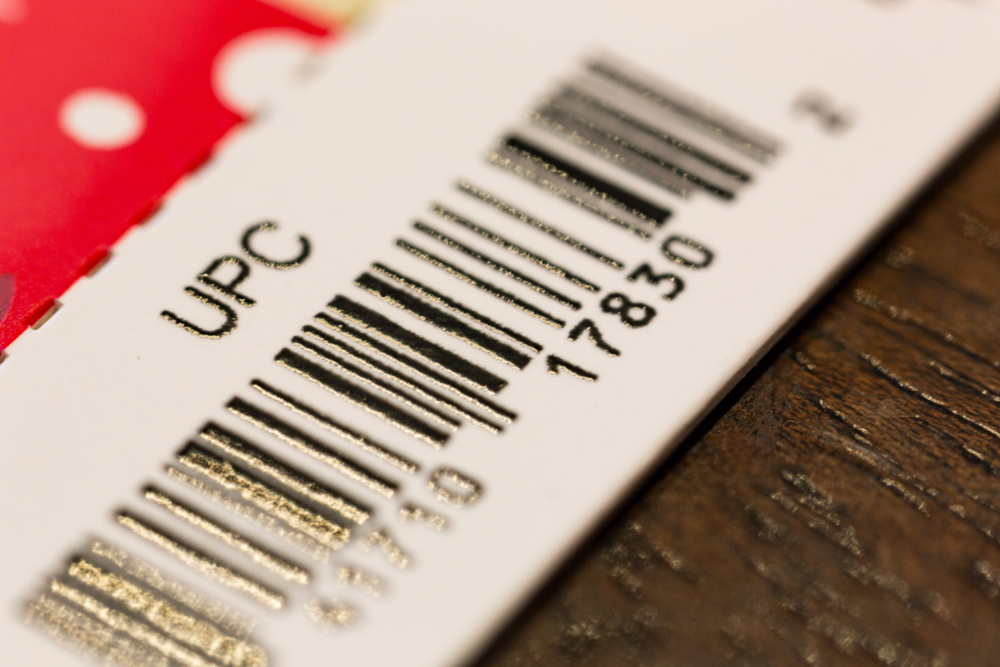
UPC stands for Universal Product Code, it’s a 12-digit number printed underneath the bar code on most packaged products.
Why it matters: The UPC is unique to each product, making it one of the most reliable ways to determine whether your item is part of a recall.
Also read
Where to find it: Look under the bar code on the packaging. If the numbers match the UPC listed in the recall, your product is affected.
What’s a Lot Code?
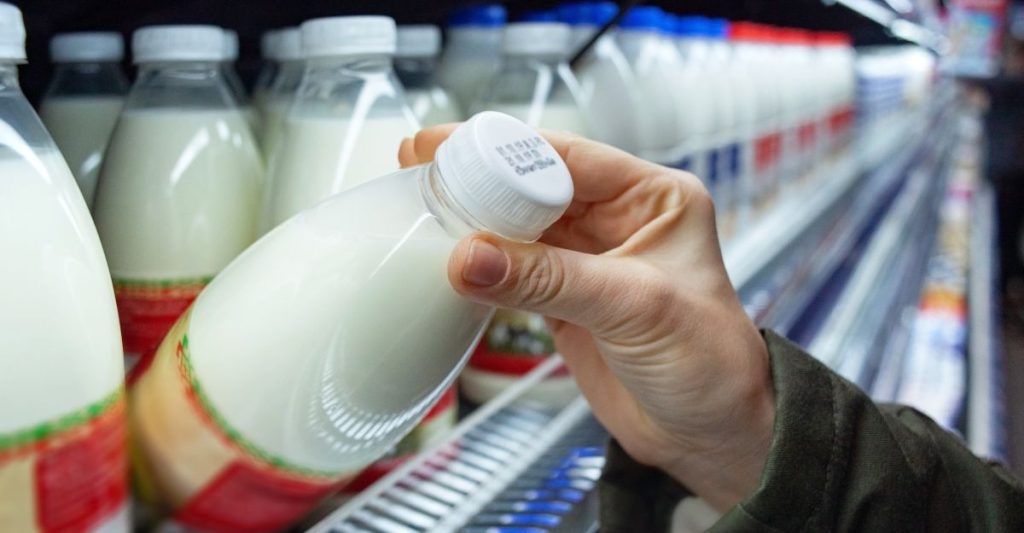
Lot codes identify the specific production batch your product came from.
Format: Usually shorter than a UPC and either numeric or alphanumeric.
Where to find it: Often printed near the bar code, near the best-by date, or elsewhere on the packaging.
Tip: Refer to the recall announcement for hints on the exact location and format of the lot code.
Also read
Other Details to Look For
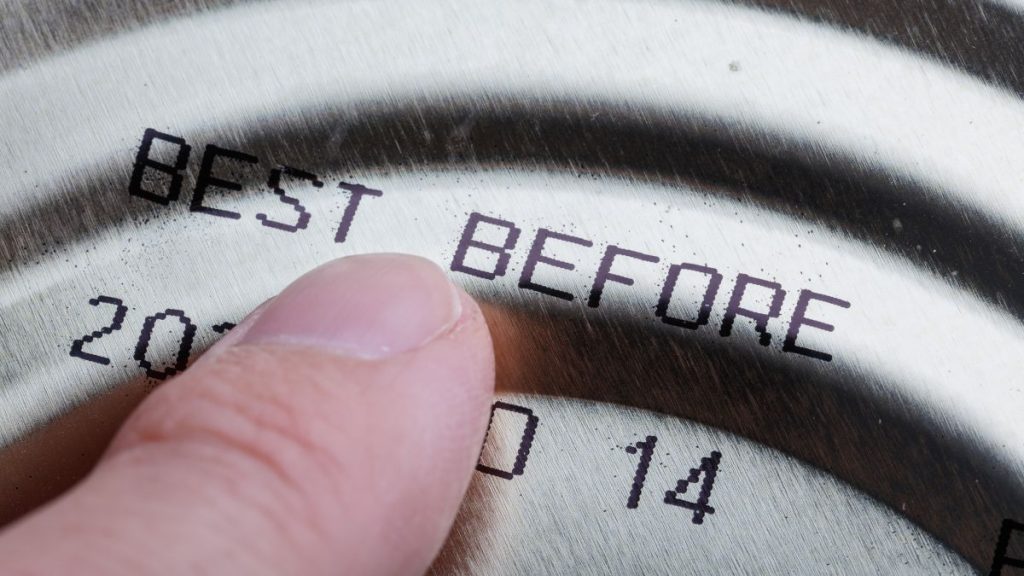
Best-by or Use-by Dates: Check if your item falls within the affected range.
Establishment Numbers (for meat/dairy): These are printed near the USDA inspection mark and may be listed in meat or cheese recalls.
Store or State Info: Some recalls include specific retailers or geographic areas—but affected areas often expand, so it’s wise to check regardless of where you live.
If you’re uncertain, call the store where you bought the item. Grocery chains may even contact customers directly if a recalled item was purchased using a store loyalty card.
What To Do If You Have a Recalled Item
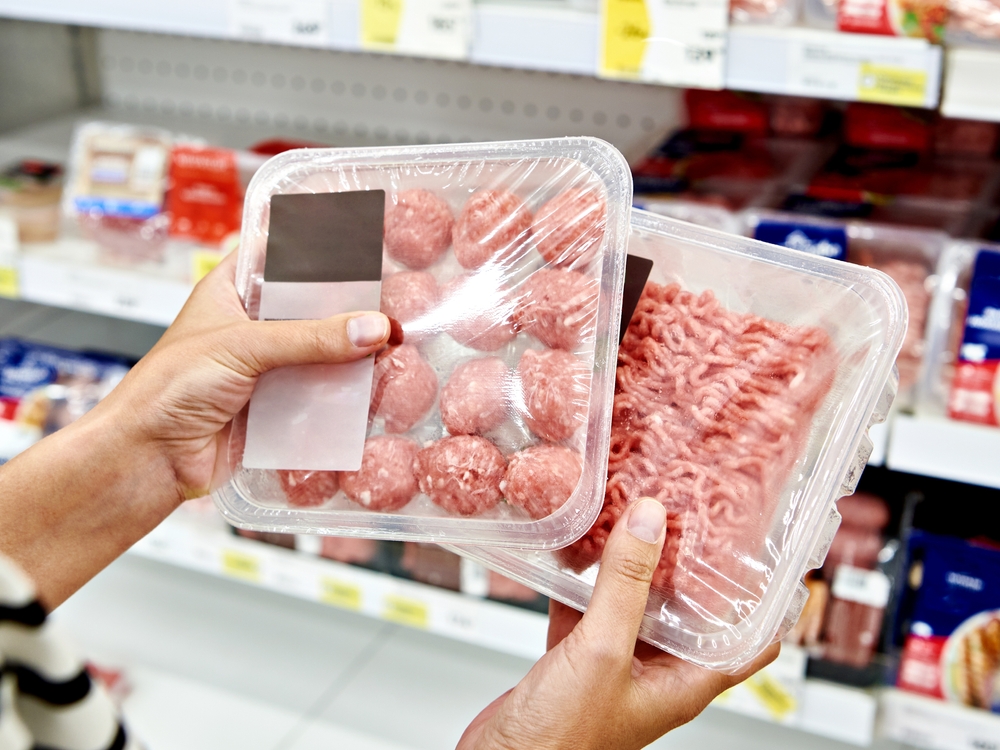
Here are four simple steps to make sure your products are not affected.
Also read
1. Stop Using the Product Immediately
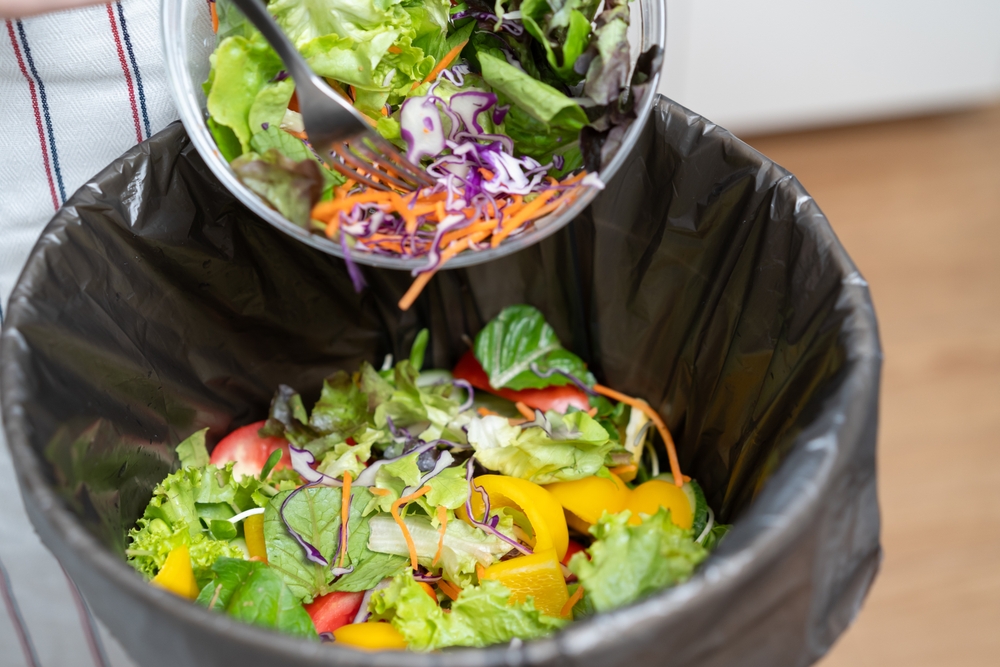
Either dispose of it or return it to the store for a refund or replacement.
2. Can’t return it safely?

Contact the store for alternatives—especially if the product is linked to a foodborne illness outbreak.
You may be asked to provide a photo of the product or a receipt for proof of purchase.
3. Clean up thoroughly

If the product was recalled due to bacterial contamination or undeclared allergens, disinfect any surfaces it may have touched:
- Countertops
- Shelves
- Refrigerator compartments
Also discard any other food that may have come into contact with it.
4. Watch for symptoms
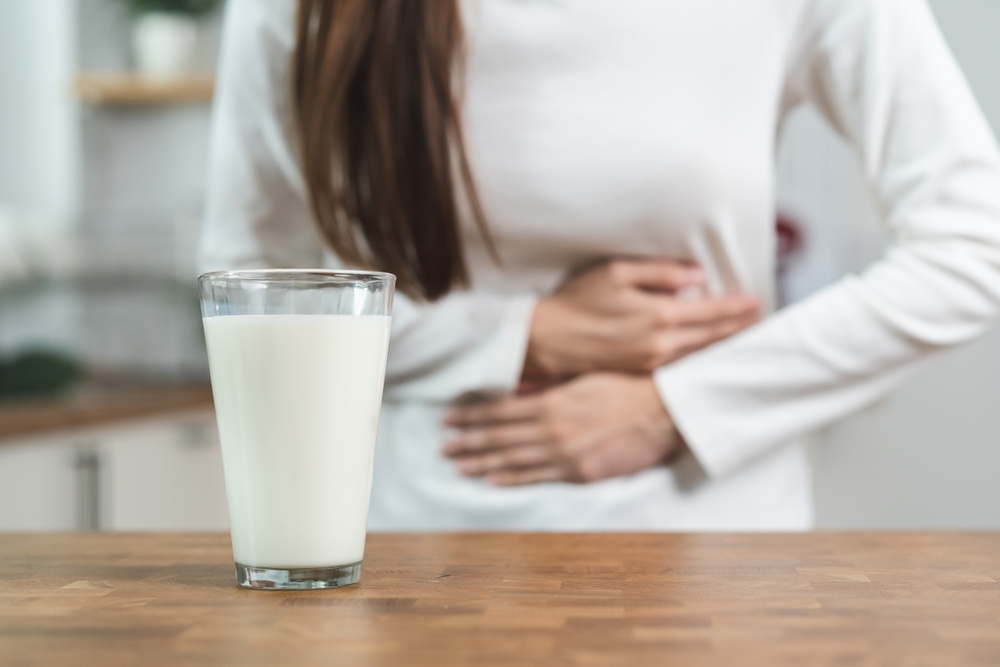
If you experience nausea, vomiting, diarrhea, stomach cramps, dizziness, or headaches, consult a doctor.
Also read
These could be signs of foodborne illness such as Salmonella, Listeria, or E. coli.
Who to Contact

For detailed recall questions, use the phone number or email listed on the recall announcement.
Stay Informed
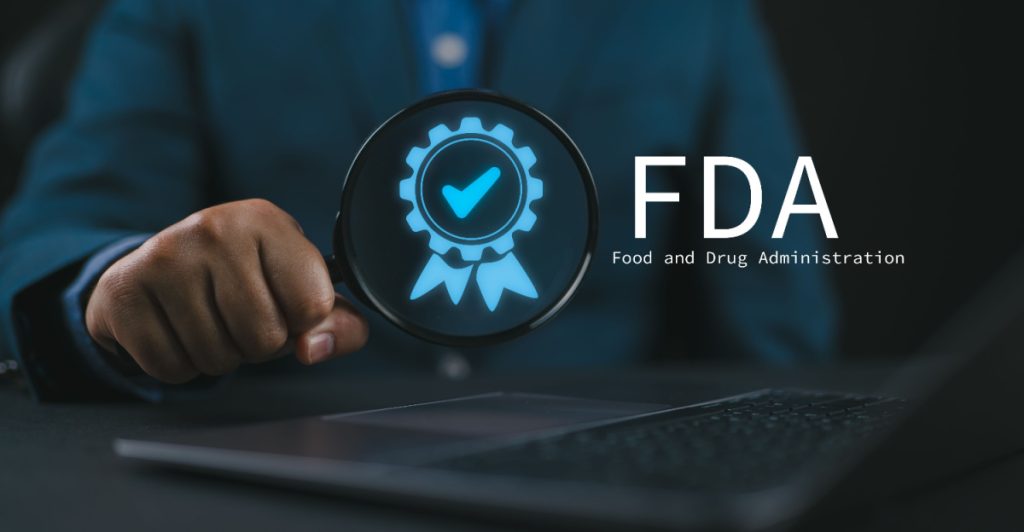
Food recalls happen frequently, and it’s important to stay updated.
Many food news platforms, like EatingWell, offer real-time reporting on new and ongoing recalls.
Staying informed helps protect your household and prevent health risks.


